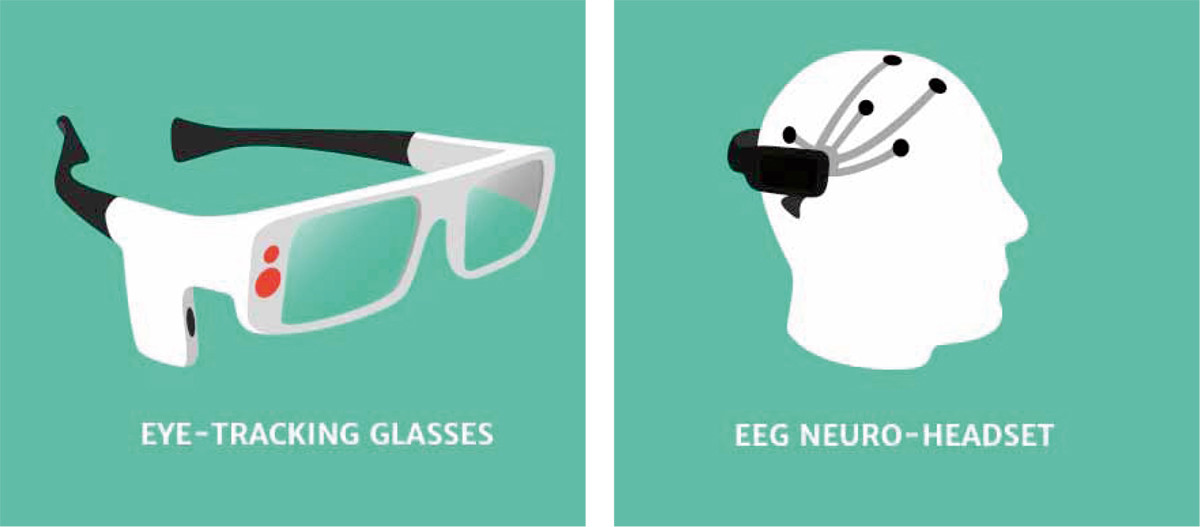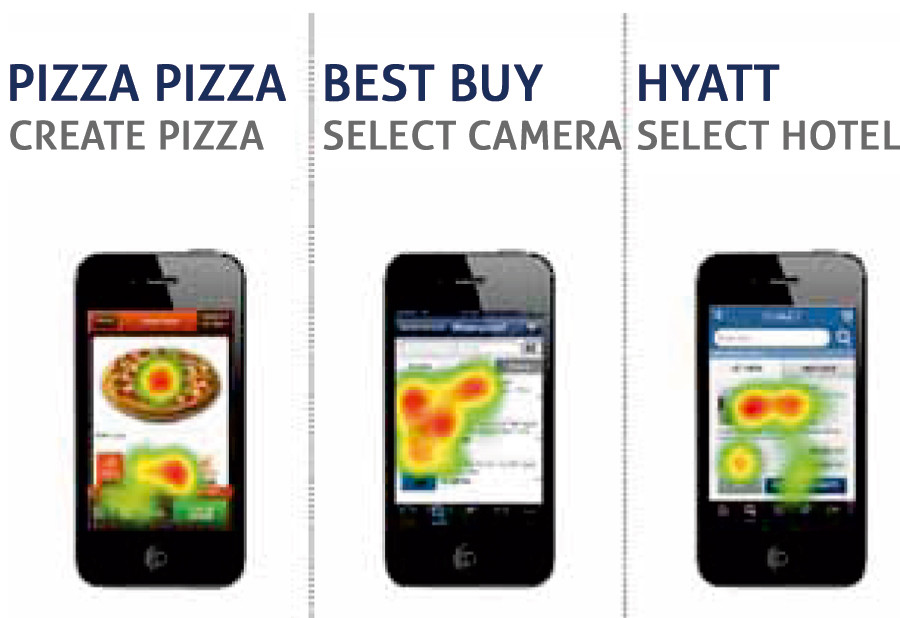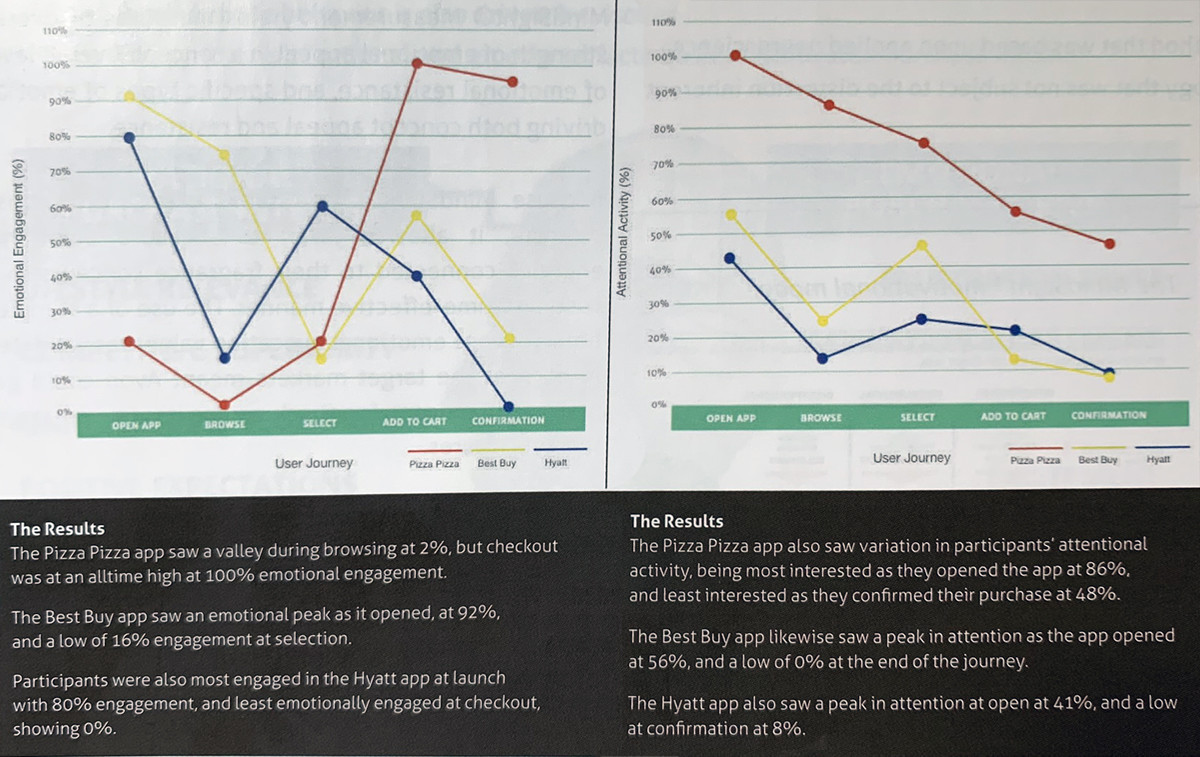Usability of M-Commerce Applications
The growing global adoption of mobile is becoming undeniable. Despite this, mobile commerce continues to underwhelm. As it becomes more and more second nature to consumers, marketers need more than general demographic information about their target markets in order to create engaging mobile experiences. Mobile now demands that we know what users like to do, where, when, and how.
Until now, marketers have relied heavily on users’ explicit responses and feedback to mobile applications to determine whether their mobile commerce efforts have hit the mark. However, with so many external variables, expectations, and preconceived notions weighing on people’s responses, traditional research methods, like surveys and focus groups, can be notoriously unreliable. Neuroscience, or the study of the brain’s response to stimuli, shines a light on the grey area of user response. By determining positive and negative emotions and attentional activation, the study finds new insights into engagement, helping marketers and user experience designers optimize every precious pixel.

Approach
A well-crafted UX is critical to the success of a mobile application. Applying neuroscience to user testing allows us to measure the subtle layer of quality associated with a well designed UX, something not always distinguishable to the average user. By doing this we can better pinpoint the areas of a successful UX by attributing the user’s emotional response to the design. We outlined a single user journey for three transactional mobile applications to get a better understanding of how users are navigating mobile commerce. Using a portable, wireless EEG neuro-headset and eye-tracking glasses to measure the attentional and emotional activity of the user, we measured what they were looking at first, last, most and least. We measured three m-commerce applications: Pizza Pizza, Best Buy and Hyatt.

Results
The report showcases the results from the participants’ journey through all three mobile applications. We charted their emotional engagement and levels of attention, throughout the journeys. As well, we looked at participants’ preand post-study survey responses, the time spent and visual areas of focus from the eye-tracking portion of the study. From the findings, we identified seven recommendations for brands when refining their mobile offerings. The study’s findings involve browsing vs. checkout, brand perception before and after using a mobile application, the use of the limited screen real estate on mobile devices, the use of images, and the effect of long load times. Our insights are aimed at taking these areas of a mobile transaction and ensuring that they are completely optimized to increase user experience and, ultimately, widen the revenue stream for mobile commerce transactions.

Conclusions
This report, The Science Behind Mobile Design, has unlocked a new way to measure usability and will shape the way we look at the user experience and design of transactional mobile experiences from here on out. Knowing what users are thinking, feeling, and paying attention to mobile applications, can help brands optimize their purchase paths, enhancing their mobile commerce efforts which could ultimately become a new revenue channel.
Final Thoughts
When neuroscience is applied to user experience, it sparks a revitalized way of understanding usability and design preferences. Knowing what users are actually seeing, feeling, and paying attention to can help brands and businesses design a stellar mobile user experience. It would be of significant interest for both the neuromarketing and mobile industries to expand on these learnings and reach beyond mobile commerce into other elements in comprehensive mobile applications including gaming, utilities, and location-based services.
CONTACT INFORMATION
True Impact Marketing, Canada
www.trueimpact.ca Contact Person: Diana Lucaci